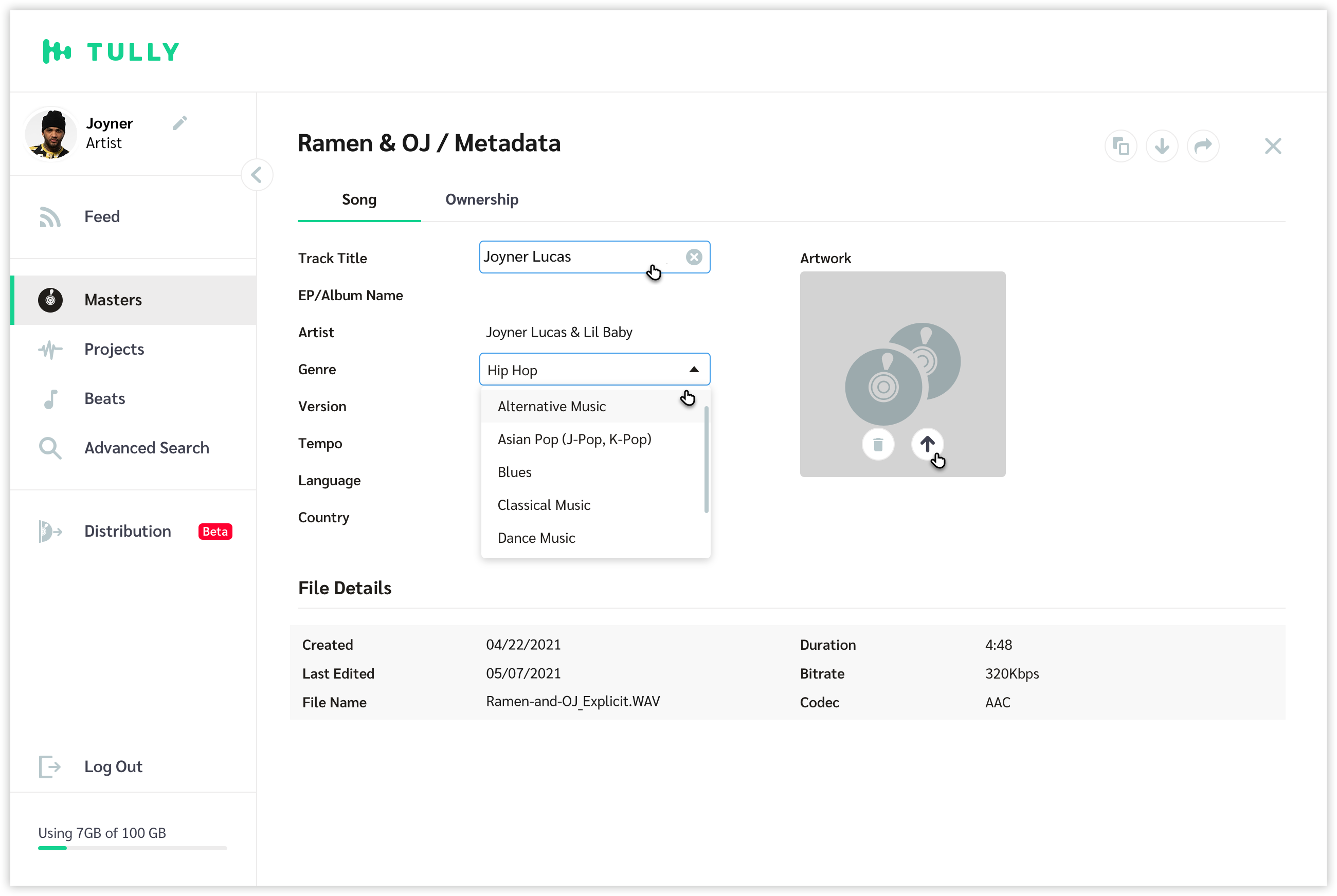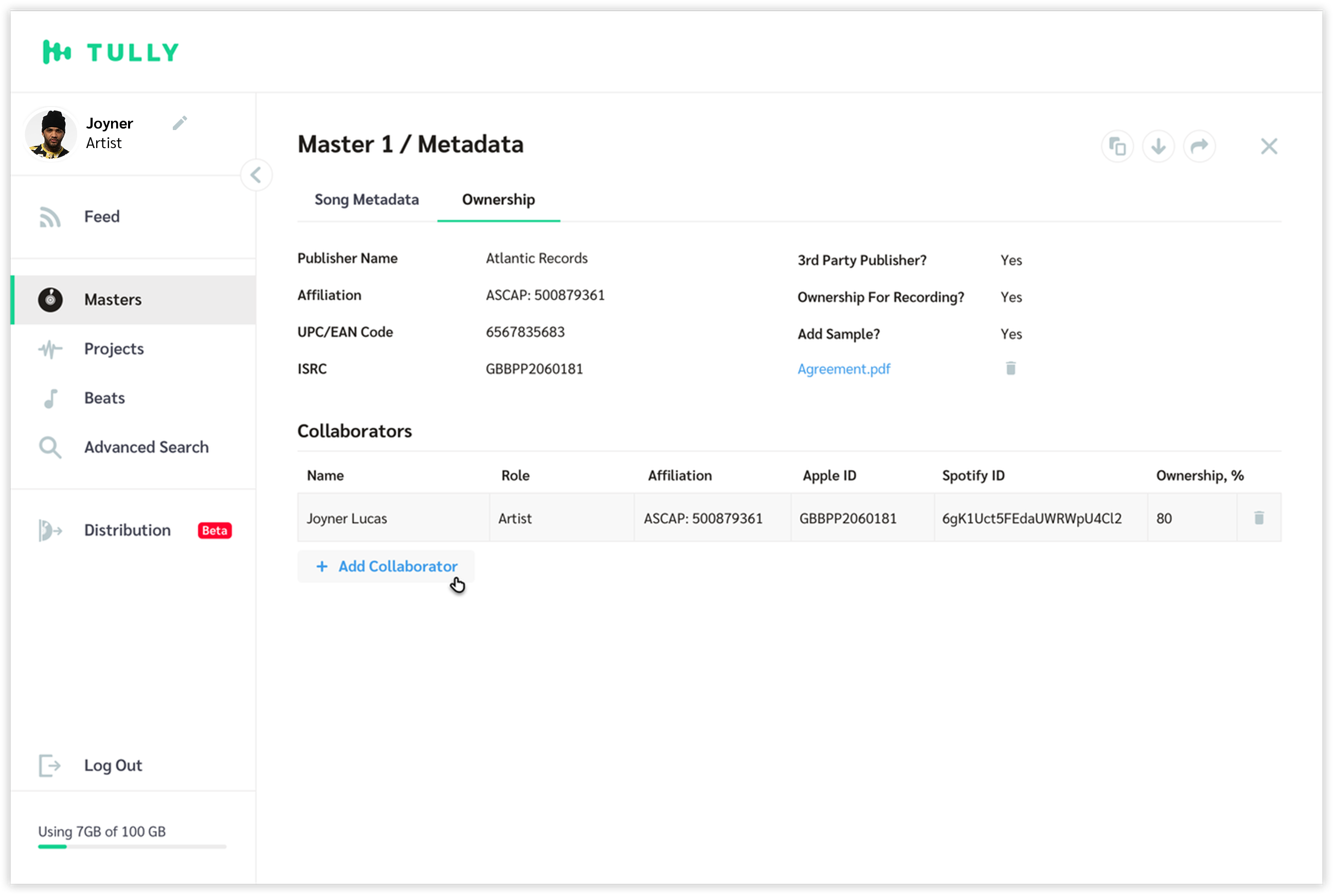Introduction to Metadata
What is Metadata?
Metadata is the information embedded in your audio files. It’s used to identify basic things such as song title, album name and performing artist.
All Streaming Platforms (DSPs) rely on metadata to provide their Users (Your Audience) with the necessary context of what they are listening to, who wrote the music, who is performing, etc.
Without clean, well organized metadata your songs are essentially invisible to your potential listeners.
Your metadata is a unique identifier to give the rest of the world an understanding of the style of music, the tempo - this information is used in DSP algorithms which recommend music, and give you a leg up in search results.
All major Streaming Platforms have metadata conventions. If you don’t have complete metadata for your songs, you’ll struggle when you come to distribute your music. Your music will be rejected, or worse still, it will disappear amongst the millions of other songs and potential audience may never hear it.
Tully’s Metadata Manager
Whenever you import a sound file to Tully, we scan the metadata and save all available data to a dedicated metadata file. When you make changes to your metadata on Tully, we embed those changes back to your sound files.
This means your metadata can be managed in one place. You have a single source of truth - which is essential if you are collaborating with others, or have multiple authors who will be writing the data.
More importantly, Tully takes the guess work out of your metadata game.
As sound files have different standards (e.g. MP3 ID3 tags, OGG file metadata, WAV simple metadata) you can never be sure what is being embedded to the file itself.
With Tully, we provide you with a metadata object associated to your file and available to download and/or integrated to distribution partners.
Check out Tully’s Metadata now available to all SOLO and TEAM subscribers.
To access the feature, open a Master and select the Metadata icon. Click edit to get started.

